|
As the snow falls on this wintry day, my thoughts drift to the salty scent of the ocean, sand between my toes, and a glass of rosé in hand. Although I may not be able to indulge my yearnings for the seaside right now, a glass of wine is definitely within my reach! Here are a few expressive Italian wines that should be on your radar. They just might transport you to your place of bliss! The first two wines are samples I received recently. Tenuta Ammiraglia Alìe Toscana IGT 2021 This delicious rosé is produced by Marchesi dé Frescobaldi winery, which has numerous estates located throughout Tuscany. The grapes for this blend of Syrah and Vermentino are harvested from vineyards in the heart of the Maremma, on hills bordering the nearby Tyrrhenian coast, which boasts abundant sun and sea breezes. This wine is appropriately named after the Greek sea nymph goddess, Alie. After fermentation in steel tanks, the wine is aged for three months on fine lees. Nose: Lovely floral notes, citrus, wild strawberries, herbs, and a whiff of minerality. Palate: This wine is fresh, juicy, and crisp, with aromas segueing onto the palate and balancing well with sapidity. Pink grapefruit and herbs linger on a long finish. Alcohol: 12% SRP: $20.00 Jermann Pinot Grigio Ramât 2022 Friuli DOC Jermann was founded in 1881 by Anton Jermann, who moved from his native Austria to set up roots in Friuli. Since the 1970s, his great-grandson Silvio Jermann has carried on the tradition of wine-making and taken the company to worldwide recognition. This 100% Pinot Grigio is a white wine with a slightly copper hue due to a five-hour maceration on the skins before fermentation in stainless steel. The concept is to maximize aromas, not extract color. Aging is six months on lees, also done in stainless steel. Nose: White flowers, pear, apricot, apple, lemon zest, herbs Palate: Aromas spill onto the palate with fresh and vibrant notes. Sapidity and peaches linger on the finish. Alcohol: 13% SRP: $39.99 Pasqua “11 Minutes” Rosé Trevenezie IGT 2023 When I think of Italian rosé, this particular wine never disappoints. I always have a bottle of “11 Minutes” chilling in my refrigerator. And this is not my first review of it! This family-run business was founded in 1925. It is located in Verona, Italy, and is led by third-generation Pasqua brothers Riccardo and Alessandro. The company has complete control over approximately 741 acres of vineyards (1/3 is estate-owned), stretching from Lake Garda to Soave. “11 Minutes” is a unique blend of sustainably grown grapes sourced from Lake Garda. The blend is 50% Corvina, 25% Trebbiano di Lugana, 15% Syrah, and 10% Carménère. It is called “11 Minutes” because after the harvest, the grapes are gently pressed, and with only 11 minutes of skin contact, the most noteworthy qualities of the grapes are extracted, and the color is obtained. The bottle is an unusual and eye-catching oval shape, with an alluring photo of Lesbia seen through the front label. Nose: Tantalizing floral notes, red berries, citrus, and a hint of herbs.
Palate: This is a fresh and inviting rosé with wild strawberries, spice, vibrant acidity, and a touch of pink grapefruit on the finish. Alcohol: 12.5% SRP: $18.99 Pairing suggestions for the above wines: Enjoy as an aperitif or serve with grilled fish, seafood, risotto, or salads. The whimsical cookies in the photos were made by Bedford Village Pastry, located in the heart of Bedford Village, NY. Next time you are in the area, check out their tantalizing and creative desserts. Until next time… Cheers! Penina To leave a comment or if you have an inquiry, please contact me at [email protected] The Basics Vermouth is a fortified wine infused with aromatic botanicals such as herbs, spices, fruit, and sometimes vegetables. It is produced worldwide, and each producer has a unique recipe, a closely guarded secret! The styles of vermouth range from dry to extra dry and sweet. The colors can be white, red, amber, or rosé. Vermouth is quite versatile, and depending on the style, it can be enjoyed as an aperitivo, served over ice, with a dash of soda, added to a cocktail recipe, or used in cooking. According to the European Union, the product must be 75% wine to be considered vermouth. Vermouth Di Torino PGI Vermouth Di Torino PGI (IGP) is considered one of Italy’s most famous aromatized wines. It is a specific style of vermouth. The key ingredients are the herbs belonging to the genus Artemisia (wormwood), which must be grown, harvested, and produced in Piedmont, northeast Italy. Only specific Italian grape varieties are permissible. Torino (Turin) is located at the foothills of the Alps, where the terroir is conducive to growing grapes and botanicals. Vermouth has been produced here for over 300 years. Consorzio del Vermouth di Torino states that this vermouth must be bottled between 16% and 22% abv. Specific sugar levels apply depending on whether the vermouth is dry, extra dry, or sweet. An extensive range of aromas and flavors exist contingent on the color and sweetness level. 9diDante Vermouth I received two bottles of 9diDante vermouth to taste and review. Alex Quziel founded Kaliro Spirits in 2019 and, in 2021, introduced their first brand, 9diDante Vermouth di Torino Superiore, inspired by Dante’s Divine Comedy. Alex said, “It delivers a bold and sinful experience that pushes the traditional boundaries of its category. Making vermouth is easy. Making great vermouth entails a lifetime of dedication and expertise. Luckily, I knew where to find it.” Enter, Mario Baralis. Mario Baralis is one of the most iconic enologists and Master Blenders in Piedmont who had been retired for over twenty years. After meeting Alex in a chance encounter, he was intrigued by Alex’s passion for vermouth. Mario came out of retirement to mentor Alex and pass on a lifetime of knowledge and experience. The vermouths are made at the historic Dr. M. Montanaro distillery near Alba. Alex said that the vermouths are “wine-first” vermouths, with the botanicals designed to enhance the wine content rather than camouflage it.” 9diDante is blended exclusively with Piemonte DOC wines. Each bottle is made with 27 botanicals, with the first nine listed on the back of each bottle symbolizing each stage of Dante’s journey into hell and then nine terraces in purgatory before reaching paradise. Hence, the nine circles on the front of each bottle. Alex said, “Nine of the 27 botanicals were selected for their historical symbolism, guiding us through the nine circles of hell in Dante’s Divine Comedy.” After perusing the botanicals listed on both bottles, I found a botanical in each that prohibited me from sampling the vermouth. I have life-threatening allergies to cumin and coriander. So, I decided to defer to a few eager volunteers to be my tastebuds and who are not wine/spirits writers. What could be more perfect than having a consumer give their opinion of the products? Right? I gathered their comments and observations for each wine listed below. The comments are in no particular order. Inferno Rosso Vermouth di Torino Superiore IGP “To craft our Inferno Rosso Vermouth, we use an equal blend of Dolcetto red and Cortese white wines, allowing us to obtain our charismatic ruby red color naturally and avoiding the use of caramel for coloration. It is an original recipe inspired by Dante’s Divine Comedy, that will take you on a journey through the poet’s nine circles of hell. Giving birth to a philosophy that puts quality Piedmont wines at the heart of its vermouths.” Nose: Cherry, orange, vanilla, creamsicle, basil, raspberry, and fennel. Palate: Orange marmalade, herbal, red berries, sweet and bitter, dark chocolate, and warm & spicy. ABV: 17.5% SRP: $33 Purgatorio Extra Dry Vermouth di Torino Superiore IGP “The challenge is to maintain the true character of the wines while balancing the botanicals. Think of wine as the first and last botanical. It’s a lot more than just a base.” – Alex Ouziel, 9diDANTE co-creator The wine for this vermouth is 100% Ameis D.O.C., Piemonte’s prized wine. “Arneis” means “mischievous” or “reckless” in the local Piedmontese dialect. The name is derived from the fact that it is notoriously difficult to grow, to the point that it was on the verge of extinction until a little over a decade ago. Type: Extra Dry Nose: Pear, apple, flowers, citrus, lovely fragrance. Palate: Lemon, dried herbs, apricots, thyme, mint, very refreshing. orange peel. Alcohol: 18% SRP: $35 My “tasting panel” enjoyed both vermouths immensely and can’t wait to sip neat, over ice with an orange peel twist and experiment with cocktails. The above wines are best stored in the fridge and consumed within six months. Inferno will keep its flavor for up to six times longer than some other well-known vermouths, mainly because of the quality of Piedmont wine and the inclusion of a herb that serves as a preservative (a trade secret!) Until next time…
Cheers! Penina To leave a comment or if you have an inquiry, please contact me at [email protected] With over 20 grape varieties grown in Chile, the Carménère grape has become Chile’s “signature” grape. Carménère is a member of the Cabernet family and was originally planted in the Medoc region of Bordeaux, France. It is considered part of the original six grapes of Bordeaux. The name Carménère is derived from the French word crimson. It was thought to be extinct after the European phylloxera outbreaks in the 19th century. However, the grape was rediscovered in Chile in the 1990s. Chile now has the largest area of planted Carménère in the world. Today, Carménère grows chiefly in the Colchagua Valley, Rapel Valley, and Maipo Province of Chile and produces the majority of Carménère wines. Carménère is known for its deep red color with fruit-driven blackberry, cherry and spice flavors. Here is a sampling of six noteworthy wines. In Situ Reserva Carménère 2021 José Vincente founded In Situ Family Vineyards in 1974. After growing grapes for 20 years, he and his son Horacio decided to build a winery and produce high-quality wines in the Aconcagua Valley. The winery is located in San Esteban, Region V, Chile. The Upper Aconcagua terroirs are well-suited to wine growing with a unique combination of soil, light, and water. This wine is 95% Carménère and 5% Cabernet Sauvignon, handpicked from two vineyards. One is located on the slopes of Paidahuen hill (3,000 feet above sea level); the other vineyard is on the riverbanks of the Aconcagua River. The wine is aged in 50% French and 50% American 225-litre oak barrels for 12 months. After bottling, this wine was aged for at least three additional months before release. Nose: Dark fruit, spice, herbal notes, and a hint of cedar. Palate: Dark cherry, dark berries, baking spice, anise, a hint of cocoa, and acidity blended into the mix. Alcohol: 13% SRP: $13 Pairing suggestions: In Situ suggests honey-roasted lamb or pork in mustard sauce. Try seared tuna in peppercorn sauce as well. InVINA Luma Chequen Gran Reserva Carménère 2020 InVina is a family-owned winery that the Huber family founded in 2007. With over 20 years of experience in Chilean viticulture and wine, they are focused on investing in and developing vineyards in the Maule Valley. They are also focused on producing quality grapes and wine. This 100% Carménère is handpicked from the best lots of InVina’s estate vineyards in the Maule Valley appellation. The wine is aged in oak barrels for 12 months and bottled with minimum filtration. Nose: Ripe, lush berries, cherry, herbs, forest floor, and a hint of bell pepper. Palate: Dark cherry, blueberry, baking spice, chocolate, and pepper. It is a smooth and fresh wine with a hint of sapidity on the finish. Alcohol: 13.9% SRP: $17 Pairing suggestions: Enjoy with aged cheese, game, beef stew, spicy cuisine, or vegetable risotto. Morandé Vitis Única Carménère 2021 Viña Morandé was founded by Pablo Morandé in 1996. He was the first person to plant vines in the Casablanca Valley, and also has vineyards in Maule Valley and Maipo Valley. The company is dedicated to implementing sustainable practices to benefit the environment in their decision-making processes. Their eye is on traditional with an innovative spirit in the vineyards and winery. The grapes for this 100% Carménère are handpicked from the San Bernardo estate, located in the Maipo Valley. The vines are planted in a bed of pure gravel. This wine is aged for about 16 months in 80% French oak foudres and 20% in new French oak barrels. Nose: Hints of violet with cherry, dark berries, baking spice, pepper, and espresso beans. Palate: Aromas segue onto the palate with persistent and vibrant fruit, earthy forest floor, and smooth tannins. The finish is long, with chocolate, spice, and cherry lingering. Alcohol: 13.5% SRP: $20 Pairing suggestions: Viña Morandé suggests stews, white meat, creamy pasta, young cheese, and dark chocolate. Primus Carménère D.O Apalta 2020 Primus Winery was founded over 20 years ago by Agustin Hunneus. The estate is located in Apalta, a sub-region of Colchagua Valley. This exclusive appellation gained Denomination of Origin (D.O.) status in 2018. Only seven wineries have the privilege of owning vineyards here. Primus is Latin for “the first” or “the first among its peers.” Primus is the pioneering regenerative organic and biodynamic winery of Apalta, with vines dating back to 1889. The grapes for this 100% Carménère were harvested from the highest part of their organic vineyard and in the lower part of the property as well. The wine was aged 12 months in French oak barrels, 18% new barrels. Nose: A hint of floral with cherry, blueberry, spice, herbs, and cocoa. Palate: Vibrant and fruity with dark cherry, berries, baking spice, and silky tannins. A touch of pepper and minerality linger on a long finish. Alcohol: 14.5% SRP: $21 Pairing suggestions: Primus suggests beef empanadas, lamb curry, and stews. TerraNoble CA2 Costa 2020 TerraNoble, founded in 1993, is in the Maule Valley of Chile. TerraNoble initially presented itself as a boutique winery specializing in Merlot. However, in 1994, Chilean Merlot was identified as Carménère, so TerraNoble committed to this rediscovered variety. Since then, they have extended viticultural experimentation and innovative winemaking practices to the Colchagua and Casablanca valleys. The grapes for this 100% Carménère are handpicked from their vineyard plots in the Colchagua Valley ’Costa’, Lolol vineyard, 40 kilometers from the ocean. 58% of the wine was aged in untoasted foudres, and 42% in new and previously used 300-lt French oak barrels for 16 months. It was then further aged for nine months in bottle. Nose: Lush red fruit, spice, earth, dark coffee beans, and herbs. Palate: Dark berries, herbs, and spice blend with silky tannins that are nicely balanced with acidity. The finish is long, with dark chocolate, espresso, and a hint of herbs and minerality lingering. Alcohol: 14.5% SRP: $36 Pairing suggestions: TerraNoble suggests thick ribs, oven-roasted beef brisket, risotto, or seasoned foods. Montes Wings Carménère 2020 Montes Winery is based in the Colchagua Valley, Chile, with its vineyards spread throughout the country. It was established in 1987 by original partners Aurelio Montes and Douglas Murray. In 1988, Alfredo Vidaurre and Pedro Grand joined the partnership. These visionaries created a company recognized worldwide today, with their wines exported to over a hundred countries. Wings was created from a long-running dispute between Aurelio Monte Sr. and his son, Aurelio Jr. His son wanted to produce a “more free-flowing style of Carménère.” The result is Wings. It is 85% Carménère and 15% Cabernet Franc. Grapes for this wine are sourced and hand-picked from their Finca de Apalta estate in the Colchagua Valley. The wine was aged in new French oak barrels (80%) and second- and third-use barrels (20%) for 16 months before bottling. Nose: Dark berries, cherry, pepper, baking spice, tobacco, and a hint of fig. Palate: Lush dark fruit with spice and a touch of dark chocolate lingering on a long finish. Beautifully structured and complex. It will only get better with age! Alcohol: 14.5% SRP: $55 Pairing suggestions: Aged cheese platter, roasted/grilled meat, mushroom stew, lamb chops, or vegetable risotto. Happy sipping! Until next time…
Cheers! Penina To leave a comment or if you have an inquiry, please contact me at [email protected] Happy 2025! May it be a year filled with good health, much laughter, love, and peace. Let’s toast the New Year with a glass of Italian bubbly from Abruzzo and Franciacorta, two areas I have explored firsthand; sip by sip! Abruzzo at a glance. Abruzzo is a region nestled in central Italy between the Adriatic Sea and Gran Sasso d’Italia (one of the highest peaks in Italy, standing at 9,554 ft.) and Majella Massif, both part of the Apennine Mountains. For centuries, the inhabitants of Abruzzo have referred to the Majella Massif as a sacred mountain. Two geographical areas comprise Abruzzo: the inland mountainous area that covers 65% of the entire region and the long coastal area with sweeping hills. Climate and geography play an essential role in the outcome of wine, and the stage is set for the terroir of Abruzzo. A moderate coastal climate exists along the Adriatic-facing side of the Apennines and is more continental inland. The vineyards benefit from the high altitude, which provides significant diurnal temperature variations and good ventilation that cools the vineyards, while the Adriatic contributes a coastal breeze. Primary soils are clay-rich interspersed with sandy limestone and marine deposits found along the coastline. Calcareous soils, marl, and rock are inland. Cantina Zaccagnini Tralcetto Brut Rosé IGT Founded in 1978, Cantina Zaccagnini is situated among the scenic hills of Bolognano in the province of Pescara. Every bottle they produce has a vine branch tied with raffia around the neck of the bottle. The Cantina said, “It has become a symbol of excellence, passion, and love for art and wine. Made by the women of Bolognano, where our winery was founded, the “tralcetto” has become an ambassador for the region and the wines of Abruzzo throughout the world, standing for quality connection, and respect for the land.” The estate’s vineyards are organically farmed but not certified. This sparkling wine is produced using the Charmat method. Nose: Red berries with hints of ginger and minerality. Palate: Fresh and dry with fine bubbles and notes of strawberry, raspberry, and a touch of spice. Cranberry notes linger on a long and slightly tart finish. Delicious! Alcohol: 12% SRP: $20 Pairing suggestions: Enjoy as an aperitif or with seafood, shellfish, pasta, vegetable risotto, or grilled chicken. Franciacorta at a glance. Franciacorta is a small wine-producing appellation located in the Brescia province in the Lombardy region of northeastern Italy. Due to the morainic origin of this area (rocks and sediments carried down by the retreating glaciers), the well-draining alluvial soil is rich in minerals. The climate in Franciacorta is considered warm continental, influenced by the Alps. The area also benefits from its close proximity to Lake Iseo, which helps moderate temperatures and plays an important role in both summer and winter seasons. A beautiful dance occurs between the cool air that descends from the Alps and is then captured by Lake Iseo, allowing just the right amount of warmth to spread over the vineyards so that the grapes can ripen and reach proper sugar levels. The dance continues at night when the cool air from the higher elevations of the Alps swoops down to bring fresh air and cool the vineyards from the heat of the day. The diurnal temperatures contribute to optimal grape ripening and preserving acidity in the grapes. Franciacorta DOCG sparkling wines are produced exclusively using the traditional “Metodo Classico” method, in which the second fermentation occurs in the bottle. Only Chardonnay, Pinot Nero (Pinot Noir), and Pinot Blanc are allowed in the blend. The regulations are very strict. The harvest must be done by hand, and the requirements for aging on the lees are as follows: Franciacorta Non-Vintage is 18 months Franciacorta Satèn and Rosé Non-Vintage is 24 months Franciacorta Vintage is 30 months Franciacorta Riserva is 60 months Berlucchi ’61 Extra Brut Although still wine and sparkling wine have been made in this area for centuries, it is Franco Ziliani, a young winemaker working for Guido Berlucchi, who is credited for his approach to making the highest quality metodo classico wine with his first vintage in 1961 bearing the name ‘Franciacorta’ on the label. The winery has 515 hectares of land and produces approximately 4,500,000 bottles of Franciacorta DOCG wine annually, following organic farming methods. This Extra Brut ’61 is a tribute to the birth of Franciacorta in 1961. It is made with 85% Chardonnay and 15% Pinot Noir. Minimum aging is 24 months on the lees, followed by two months after disgorgement. Nose: Fragrant white flowers, ripe red berries, apricots, Meyer lemons, and yeasty bread. Palate: Creamy mousse with crisp acidity that blends with the aromas that segue onto the palate. It finishes with a touch of almond and lemon zest. An elegant pour! Alcohol: 12.5% SRP: $38 Pairing suggestions: Enjoy this sparkling wine as an aperitif or with seafood, creamy pasta dishes, ripe cheese, and veggie appetizers. Whether you are celebrating a special occasion or a “just because” moment, your palate will be delighted with these sparkling wines! Happy New Year! Until next time…
Cheers! Penina To leave a comment or if you have an inquiry, please contact me at [email protected] A few months ago, I had the pleasure of spending virtual time with Serena Gusmeri, winemaker for Vecchie Terre di Montefili, located in the captivating Tuscan hills of Chianti Classico. The estate is in the upper reaches of Panzano and is the first consolidated district for organic wine production in Italy. Ninety percent of Panzano’s vineyards are grown according to the criteria of organic viticulture. In the year 2000, Montefili became part of this organic district. Vecchie Terre di Montefili sits on a hill at 1770 feet with commanding views and vineyards between 1570 and 1770 feet above sea level. In the 1970s, the Acuti family planted vineyards here that eventually became Vecchie Terre di Montefili. The estate was acquired in 2015 by three American investors, Nicola Marzovilla, Frank Bynum, and Tom Peck Jr., whose vision and commitment are to sustainability and biodiversity, while preserving the land’s sanctity. Together with winemaker Serena Gusmeri, they are achieving this goal. The estate has 12.5 hectares of vineyards, of which 11 hectares are dedicated to Sangiovese focusing on low-yielding vines. Galestro, alberese marl, and quartz soils, and Montefili’s micro-climate are exceptional for winemaking.“Each plot is grown and vinified individually to allow its fruit to express its full potential.” Serena Gusmeri has been with Vecchie Terre Di Montefili since 2014. Although a trained winemaker, she said, “ I consider myself more of an agronomist.” Serena grew up at the foot of the Alps. Since childhood, she had a deep connection with nature, cultivating a vegetable garden and tending to chickens. She received her master’s degree in viticulture and then spent time working in Campania and Franciacorta. She said, “These experiences taught me the importance of how unique each vineyard is shaped by the surrounding ecosystem, and our wines express the ecosystem of the vineyards.” Her approach to winemaking “is soft,” with minimal intervention, allowing the grape to dictate what it needs. At Vecchie Terre di Montefili, they collaborate with scientists and botanists from Vite Nova Vine Wellness to undertake a multi-year scientific project to monitor and improve the health of their vineyards. Through regular flora and microfauna sampling, they ensure their activities enhance the ecosystem rather than deplete it. In 2022, they earned the Diversity Ark certification, registered with EUIPO, and were certified by CSQA. This certification emphasizes soil biodiversity and environmental respect, employing a holistic approach to agriculture. Serena guided us through a tasting of five of the estate's wines, all of which are 100% Sangiovese. Chianti Classico 2020 DOCG
This Sangiovese was harvested from the youngest vineyard, which has clay and limestone soil at an altitude of 1640 ft. The wine was barrel-aged a minimum of 15 months and then bottle-aged for a minimum of nine months. Nose: Ripe red fruit with notes of cherry, pomegranate, and baking spice. Palate: Fresh and fruity with dark cherry and fennel. Integrated tannins with baking spice lingering on a medium finish. Serena said, “Due to its high acidity, it must age longer in the barrel.” Alcohol: 14% SRP: $35 Chianti Classico Gran Selezione 2019 DOCG This Sangiovese was harvested from two different vineyards planted in the mid-1980s. The vineyards have Alberese soil and are at 1640 ft altitude. The wine was barrel-aged for 24 months and then bottle-aged for a minimum of 12 months. Nose: Complex aromas of cherry, plum, a hint of forest floor, spice, and herbs. Palate: Fresh and well balanced with silky tannins, earthy notes, plum, sour cherry, baking spice, and a long and juicy finish. Alcohol: 14% SRP: $72 Vigna Vecchia Toscana 2019 IGT The grapes for this Sangiovese were harvested from a 43-year-old vineyard on 0.50 hectares, discovered in 1981. The soil is Alberese, limestone, and marl. The wine was barrel-aged for 26 months and then bottle-aged for a minimum of 12 months. Serena said, “The 2019 year is a nice, elegant vintage.” Nose: Floral, cherry, spice, and a hint of forest floor. Palate: Vibrant with acidity, delicate, and structured, this wine’s aromas segue onto the palate with notes of plum, pepper, herbs, and sour cherry lingering on a savory finish. Yum! Alcohol: 14% SRP: $150 Vigna nel Bosco Toscana 2019 IGT Sangiovese grapes were harvested from a careful selection of the highest vineyard at an altitude of 1750 ft. with Alberese, limestone, and marl soil. The wine was barrel-aged for 26 months and then bottle-aged for a minimum of 12 months. This is a limited edition, which was previewed at Vinitaly 2024. Nose: Floral, ripe-red fruit, cherries, musk, and baking spice. Palate: Rich and complex structure with cherries, plum, pomegranate, and a hint of minerality. A bright and lengthy finish that begs for another sip. Alcohol: 14.5% SRP: $150 Anfiteatro Toscana 2019 IGT This wine is the flagship of the estate. Grapes are sourced from the historic Anfiteatro single vineyard planted in 1975. It is the oldest vineyard at Montefili and “represents the heart and soul of the estate.” The vineyard sits at 1640 ft with Galestro, sandstone, and quartz soil. The wine is barrel-aged for 28 months and then bottle-aged for a minimum of 12 months. Nose: Dried violets, red and black fruit, earthy, baking spice, and a hint of espresso. Palate: A beautiful expression of Sangiovese with smooth tannins, cherry, fig, plum, orange zest. and baking spice that dance on your palate. The finish is long and graceful. Alcohol: 14.5% SRP: $160 These wines pair well with mature cheese, antipasto, roasted meats, game, rich tomato-based pasta dishes, porcini risotto, or grilled vegetables. I used my Coravin on all of the samples and look forward to revisiting them in a few years. Until next time… Cheers! Penina To leave a comment or if you have an inquiry, please contact me at [email protected] Whether you are searching for a holiday gift or a tasty sip to pair with a meal, I recommend the following five wines from Argentina, Italy, Oregon, Washington, and Virginia to add to your shopping list! Unánime Signature Malbec 2018 Mascota Vineyards is located in La Consulta, San Carlos, a small wine-growing sub-region in the southern Uco Valley of Mendoza, Argentina. Winemaker Rodolfo Sadler founded Mascota and has crafted wines for over 30 years. This 100% Malbec is aged for 14 months in French oak barrels. Nose: Violets, fresh red fruit, and baking spice. Palate: Bing cherries, red plum, with a hint of dark berries and subtle notes of dark chocolate, espresso, and pepper on a lengthy finish. Smooth and balanced with complex layers. Alcohol: 14.5% SRP: $40 Pairing suggestions: Hearty stews, roasted meat, fowl, or mushroom risotto. Intrinsic Red Blend 2021 Intrinsic Wine Co is a Washington state wine brand created by Juan Muñoz Oca, head winemaker at Columbia Crest, and his team. Columbia Crest and Intrinsic are both owned by the largest wine company in Washington, Chateau Ste. Michelle Wine Estates. According to available information, the Intrinsic Red Blend 2021 is a blend of Malbec, Cabernet Franc, and Cabernet Sauvignon, originating from the Columbia Valley region of Washington state. Nose: Lovely notes of raspberry, dark cherry, and sweet plums, along with hints of violet, tobacco, and herbs. Palate: This rich and juicy blend shows off notes of chocolate, espresso beans, and pepper that blend well with ripe fruit. Silky tannins and well-balanced acidity lead to a long finish with spice and berries lingering on the palate. Alcohol: 14.5% SRP: $20 Pairing suggestions: Sip on its own or head to the dessert table with your glass! FIOL Prosecco DOC Extra Dry FIOL (pronounced FEE-yol) means “son” in Venetian dialect and “chap” in English. FIOL was founded in 2011 by Gian Luca Passi and co-founder Giovanni Ciani Bassetti. They are childhood friends who grew up surrounded by Prosecco. “Most local winemakers have been drinking sparkling wine for 50 years and need an extraordinarily strong bubble to really feel it. We wanted something gentler, more subtle, more fruity.” says Gian Luca Passi.” This sparkling wine is 100% Glera. Prosecco DOC requires a minimum 30-day secondary fermentation in tank. This wine remains in tank 40 days for extra depth and complexity. Nose: Green apples, a touch of white flowers, and citrus. Palate: Smooth bubbles with emphasis on the grape. It is crisp and refreshing with notes of apple, pear, minerality, and a touch of lemon zest. Alcohol: 11% SRP: $19 Pairing suggestions: Enjoy as an aperitif, in cocktails, or with appetizers, entrees, and dessert! Appassionata Andante Pinot Noir 2017 J. Christopher Winery, located in northern Willamette Valley, Oregon, is owned by iconic winemaker Erni Loosen, creator and owner of Germany’s Dr. Loosen and Villa Wolf estates. Following his passion for Pinot Noir, Erni set his sights on J. Christopher, eventually purchasing 40 acres and planting the Appassionata Vineyard. The grapes for this 100% Pinot Noir are sourced from 33-year-old vines in the Dundee Hills appellation. The wine was aged for 20 months in French oak barriques (25% new). The wine is released five years after vintage. Andante means ‘gently, unhurried.’ Nose: Exotic flowers, brioche, red berries, red plums, baking spice, herbal notes, and a whiff of orange. Palate: This is a lively wine that balances delicate and savory. Silky texture with bright cherry, pomegranate, baking spice, and orange zest. A long and tasty finish awaits. Alcohol: 13.5% SRP: $135 Pairing suggestions: Roasted fatty fish such as salmon, stuffed artichokes, duck, grilled meat, venison, and most cheese. Early Mountain Rise 2021 Early Mountain Vineyards is owned by Jean Case, who started the company in 2012. They are located in the foothills of the Blue Ridge Mountains in Madison, Virginia, with more than 55 acres of planted vineyards. Rise is reserved for only the finest vintages with specific selections from exceptional mountainside vineyards. It is a beautiful blend of 58% Merlot, 17% Petit Verdot, 15% Tannat, and 10% Cabernet Franc. The wine is aged for 20 months in French oak barrels (52% new) and 18 months in bottle prior to release. If properly stored, this wine will drink well from 2024-2050. Nose: Floral, dark berries, plum, cedar, baking spice, and forest floor.
Palate: A perfect dance of structured tannins merging with acidity leads to an elegant wine. Aromas segue onto the palate with lingering notes of chocolate, spice, and decadent berry pastries on a long finish. Alcohol: 14.8% SRP: $150 Pairing suggestions: Hearty stews and soups, roasted red and white meat, mushroom risotto, pasta, seared tuna, charcuterie board, and spinach quiche. I hope these wines have aroused your curiosity. Your palate will appreciate it! Happy tasting! Until next time… Cheers! Penina To leave a comment or if you have an inquiry, please contact me at [email protected] The Loire Valley wine region is the third-largest winemaking region in France, spanning over 170 picturesque miles. The vineyards are situated along the middle stretch of the Loire River (France’s longest river) in central France, which runs from east to west. Diversity in soil composition and climate along this stretch plays a vital role in the production and characteristics of the wine. There are over 4000 wineries and approximately 57,400 hectares of vineyards here. Loire Valley is also called the “Garden of France”. It is noted for its vineyards, floral gardens, fairytale castles, and historic towns. The Loire Valley is divided into five sub-regions, each with its characteristic grapes, appellations, and styles. There are 51 appellations of origin (AOP) and six protected geographical indications (IGP). Most of the wines produced here are pressed from a single varietal as opposed to most classic French wines that are blended. There are over 24 grape varieties in the Loire Valley, with the vast majority of production being white wine. The leading white varietals are Melon De Bourgogne, Chenin Blanc, and Sauvignon Blanc. The leading red varietals are Pinot Noir, Cabernet Franc, and Gamay. According to the Loire Wine Council (InterLoire), Loire Wines’ industry-leading efforts are being made toward environmental protection and sustainability. To quote: “2030 INDUSTRY PLAN: The Loire Wine Council, InterLoire, was the first to create a collective plan involving all wine industry players: the 2030 Industry Plan, outlining the future for the wine region, with a target of 100% of Loire Wines farms certified sustainable or organic by 2030. Today, 73% of wineries and 85% of surface areas are certified either organic or sustainable by High Environmental Value (HEV) or TerraVitis. AGROCLIMATIC ATLAS: Further, InterLoire worked with research and science teams to develop the Agroclimatic Atlas, an unprecedented educational tool designed to raise awareness of how climate change will impact the Loire region. The Agroclimatic Atlas shows projected changes in climatic and agroclimatic indicators specific to the emblematic grape varieties of the Loire region up to the year 2100. This tool highlights the vulnerability of vines to climate change and provides an opportunity for professionals to prepare for tomorrow’s climate while also encouraging action today.” Here is a selection of three Loire wines made by winemakers advocating sustainability. (samples) Domaine Vincent Carême Vouvray Le Clos AOC 2021 This winery is situated in the heart of Vouvray appellation, in the Touraine sub-region, and spans 37 acres. The estate, established in 1999, is owned by Vincent Carême and his wife, Tania. All of Domaine Vincent Carême’s wines have been certified organic since 2010. This wine is 100% Chenin Blanc. Grapes are sourced from 50-year-old vines grown in limestone, flint, and clay soil. The grapes are hand-harvested, and the wine is aged in oak barrels for 12 months. Nose: Bursting with notes of white flowers, honey, white stone fruit, and a touch of citrus. Palate: Apple, pear, racy acidity, notes of minerality, and honeysuckle. It is a bright and balanced wine with a hint of lemon zest on the finish. Alcohol: 13% SRP: $38 Pairing suggestions: Enjoy as an aperitif or with savory cheese, fish, and white meat. Domaines Landron la Louvetrie Muscadet Sevre-et-Maine Sur Lie AOP 2022 Domaines Landron is in La Haye Fouassière, in the Muscadet Sèvre et Maine appellation in the Pays Nantes sub-region in Loire Valley. Joseph Landron worked with his father for 12 years before continuing to work the estate on his own. All grapes are organically grown, and the wines are certified as both organic and biodynamic by Ecocert. This wine is 100% Melon De Bourgogne (Melon Blanc). Grapes are hand-harvested from blocks of 30 to 40-year-old vines and young vines under ten years. The soils in his vineyards range from clay, sandstone, and silica to gneiss and the unique metamorphic amphibolite.. This wine is aged on fine lees for six months in glass-tiled concrete vats without fining. Nose: White flowers, citrus, pear, apple, and minerality. Palate: This is a dry, savory, mineral-driven wine with crisp acidity. Notes of salinity mingle with green apple and pear. Refreshing! Alcohol: 12% SRP: $16 Pairing suggestions: Perfect for shellfish and oysters or any seafood. Roasted white meat, goat cheese, and sushi also pair well with this wine. Château de Plaisance Anjou ‘Sur la Butte’ 2021 Château de Plaisance is situated in the Anjou sub-region of the Loire Valley. Since 1995, their 25 hectares of vines have been certified organic, and in 2008, they transitioned to certified biodynamic practices. Vanessa Cherruau now owns the estate and continues the legacy that the Rochais family began. Her first vintage was 2019. The grapes for this wine are 70% Cabernet Sauvignon and 30% Cabernet Franc. Grapes are sourced from 35 year-old-vines located on Chaume hill with soil of schist, phtanite, and spilite. The wine is fermented and aged in concrete vats for 11 months. Nose: Vibrant aromas of red berries, violet, and sweet herbs.
Palate: Notes of dark berries, lively acidity, smooth tannins, herbs, and a pinch of minerality are a delight to sip. Alcohol: 13% SRP: $33 Pairing suggestions: Grilled tuna, roasts, hearty soups, and pizza. These wines will surely please your palate! Until next time… Cheers! Penina To leave a comment or if you have an inquiry, please contact me at [email protected] Halloween has come and gone, which for many, now signals the onset of holiday decorating, organizing festivities, and planning menus. Over this past week, I have begun receiving requests asking questions such as “What is a light red wine?” and “What goes best with a particular meal and/or dessert?” So, in keeping with the holiday “spirit,” I am re-posting an article I published two years ago that will hopefully guide you through this holiday season and beyond! What once seemed a simple task of putting together a traditional holiday menu has become more challenging these days, with dietary restrictions and food lifestyle choices to consider. Food allergies, vegetarian, vegan, gluten-free, and lactose-free diets must be taken into account, and juggling all these food requirements can quickly turn a holiday table into a smorgasbord. And adding wine pairings to accommodate all of this can be pretty daunting! So, here are a few wine varietals to consider that will pair well with a myriad of dishes and alleviate the pressure of buying every style of wine in the store! White Wines Look for white wines with higher acidity and lower alcohol. These wines will pair well with traditional fare that tends to be rich in fat and salt, and will also complement non-traditional cuisine, especially spicy food. The acidity will tone down the fat and salt, and the lower alcohol won’t compete with or distort the palate while enjoying spicy food. I recommend: Sauvignon Blanc is light and crisp, has high acidity, and is an excellent choice when serving a variety of food. Dry Riesling is another good choice. It is fruity, acidic, and crisp. Chenin Blanc (dry) is aromatic, with vibrant acidity and is slightly sweet. It pairs well with most food. Red Wines Red wines shouldn’t overpower a meal; they should enhance it. Light-bodied red wines that are fruit-forward, lower in alcohol, and not oaky will complement an extensive range of cuisine without dominating the flavors of most dishes. I recommend: Pinot Noir is very food-friendly, has bright acidity, is fruity, and is a favorite at holiday meals. French Gamay (Beaujolais) is light, dry, and fruit-forward. Red Zinfandel is fruit-forward and fuller-bodied than Pinot Noir but still light and can cut through spicy, sweet, and bitter flavors. Sparkling Wines Sparkling wines are festive but not only consumed on special occasions. When it comes to food pairing, these wines are so accommodating many consumers are opting for the bubbly at mealtime instead of still wines. They are easy to drink and pair well with just about everything! The best sparkling wines to pour for your holiday table should be dry or extra dry but not sweet. There are many options and styles available. Sparkling wines are made using either the traditional method, with the second fermentation taking place in the bottle, or the tank (Charmat) method, with the second fermentation occurring in a steel tank. Sparkling wines are produced worldwide and go by different names depending on country/region/appellation of origin. You won’t go wrong with any of these sparkling wines. Champagne and Crémant – France Sekt – Germany Cava – Spain Prosecco and Franciacorta – Italy Rosé Wines The expression “Rosé all day” is trending, and yes, this pink wine is popular and has its place at holiday time as an aperitif or with a meal. It is food-friendly and pairs well with many flavors, spices, and textures. Look for dry rosés that are fruity, crisp, and refreshing, such as Provencal rosé, or try dry rosés from Spain, Portugal, and the USA.
Happy pairing! Until next time… Cheers! Penina To leave a comment or if you have an inquiry, please contact me at [email protected] Although chocolate ice cream and coffee ice cream are tied for first place, one of my favorite ice cream flavors of late is chocolate mint. So, I was thrilled to receive a sample of Mint Chocolate Chip Sippin’ Cream from Sugarlands Distillery. Sugarlands Distilling Company, founded in 2014, is a craft distillery located in Gatlinburg, Tennessee. They produce craft moonshines and sippin’ creams that are available in a multitude of flavors. In addition, they produce straight rye whiskey. Their newest flavor of sippin’ cream, Mint Chocolate Chip, was introduced in August 2024. Master distiller Greg Eidam said, “Mint chocolate chip is one of the most popular ice cream flavors in the country and a flavor our fans have continuously asked for. Our distillery team worked tirelessly to create a drink with just the right combination of mint and chocolate to match the iconic ice cream flavors. We’re really excited for our fans to try this bold, fun Sippin’ Cream.” And I can attest that they have brilliantly captured the essence of the mint chocolate chip with an understated alcohol zing. It is creamy, smooth, and quite refreshing! 20% Alc/Vol 40 Proof SRP: $24.99/750 ml bottle The versatility of this cream liqueur is truly remarkable. Pour it into a pretty glass and drink it neat. Be daring, pour a little into your coffee, and top it off with whipped cream and semi-sweet chocolate morsels. Get creative and add this sippin’ cream to a cocktail. Here is a delicious cocktail recipe. MINT CHOCOLATE MARTINI INGREDIENTS 2 oz. Mint Chocolate Chip Sippin’ Cream 1.5 oz. Vodka 1 oz. Half & Half Mint sprig Ice INSTRUCTIONS Add ice to a shaker and combine Mint Chocolate Chip Sippin’ Cream, Vodka, and half & half. Shake well and strain into a martini glass. Garnish with a sprig of mint. One of my favorite ways to enjoy Mint Chocolate Chip Sippin’ Cream is to pour it into a dish and float vanilla bean gelato over it. Pure bliss! This cream liqueur is best consumed within six months of opening and should be refrigerated.
Until next time… Cheers! Penina To leave a comment or if you have an inquiry, please contact me at [email protected] National Prosecco Week 2024: The Event Celebrating the Success of Prosecco DOC in the United States. National Prosecco Week (NPW) took place June 24-30, 2024, to celebrate one of the world's most beloved Italian excellences: Prosecco DOC. This week, which is dedicated to Italian bubbly, has become a regular event in the United States. Now in its 7th edition, it has consolidated itself as a successful platform to promote and publicize the authenticity and versatility of Prosecco DOC. The 2024 edition saw record participation, with events in San Francisco, Los Angeles, Chicago, and New York and a massive presence in more than 1,700 restaurants and outlets across the US. In addition, more than 20 Prosecco DOC wineries were involved in the promotion. NPW was preceded by its Roadshow, which stopped in emerging cities for Veneto-Friuli bubbles such as Phoenix, Seattle, and Houston, offering tastings and educational seminars to the most curious and wine enthusiasts. Participants learned firsthand about the Prosecco DOC production process and tasted a selection of its types, including the increasingly popular Rosé version. Among the most anticipated new features of NPW 2024 was the Cocktail Competition, organized in collaboration with the United States Bartenders' Guild. This competition once again highlighted the versatility of Prosecco DOC as a main ingredient in creative cocktails. The competition featured talented bartenders from all over the country. In the end, Jennifer Yim triumphed with her “Spritz Corretto,” a cocktail that captured the essence of Prosecco DOC by pairing it with exotic notes of melon tea. (Photo of Jennifer and Spritz Corretto is courtesy of US Bartenders' Guild.) The success of National Prosecco Week 2024 is also reflected in the numbers on social media. With more than 2.2 million impressions and a 170 percent increase in engagement over the previous year, NPW succeeded in engaging an ever-widening audience. Through influencer collaborations, organic posts, and paid campaigns, Prosecco DOC continued to shine not only in glasses but also on the digital feeds of wine enthusiasts. This social media engagement was accompanied by unprecedented media coverage, with over 396 articles published and a total reach of over 210 million people. NPW celebrates Prosecco DOC as wine, territory, and Italian culture and tradition. Educational seminars, exclusive dinners, and tastings made this week an opportunity for industry experts, enthusiasts, and new consumers to meet, creating a dialogue between Italy and the United States over a glass of bubbly. With ever-increasing participation and an increasingly tangible impact, National Prosecco Week is set to remain a key event in the calendar of wine enthusiasts. Thanks to NPW, Prosecco DOC continues to build a solid base of supporters in the United States, confirming it as a favorite choice for those seeking quality, versatility, and elegance in a glass. Cheers! Penina This is a commissioned article by Prosecco DOC Consortium, for which I received compensation.
To learn about Prosecco, please click “Prosecco” in the Categories menu to the right. To leave a comment or if you have an inquiry, please contact me at [email protected] |
Categories
All
|

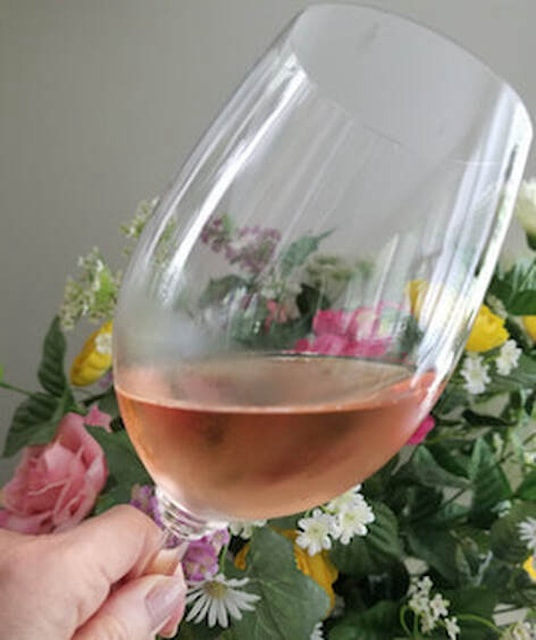
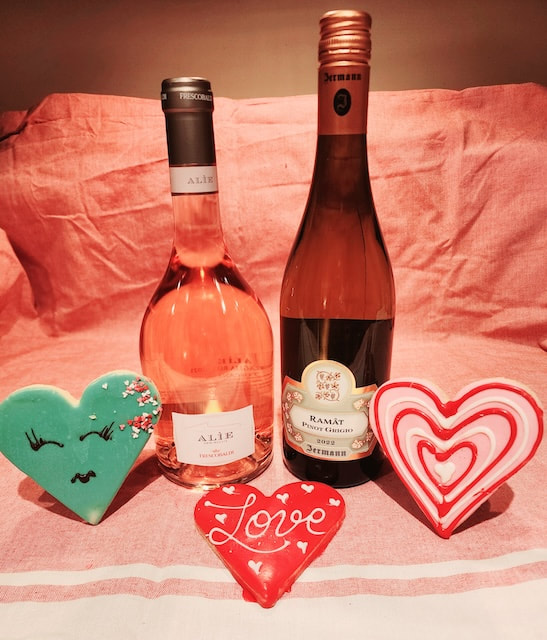
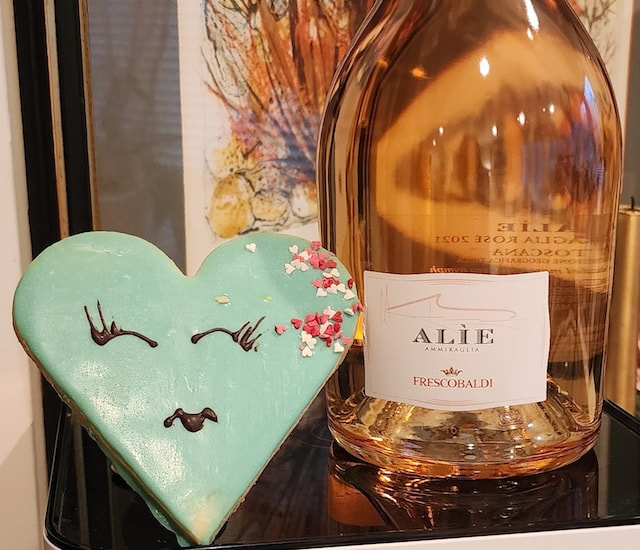
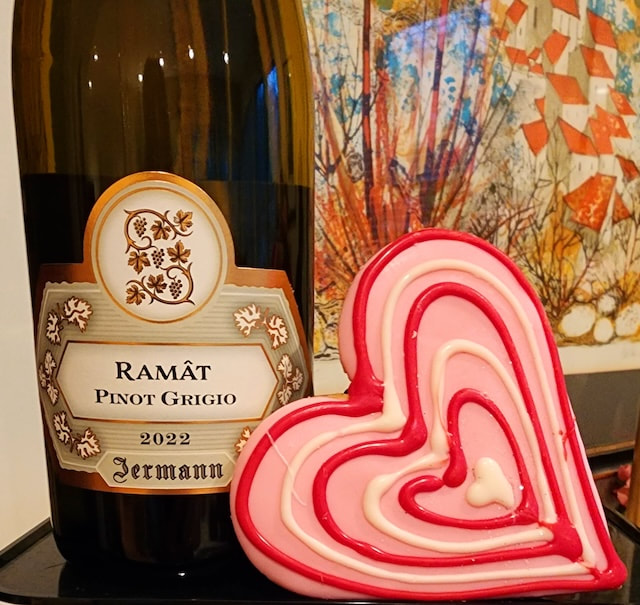
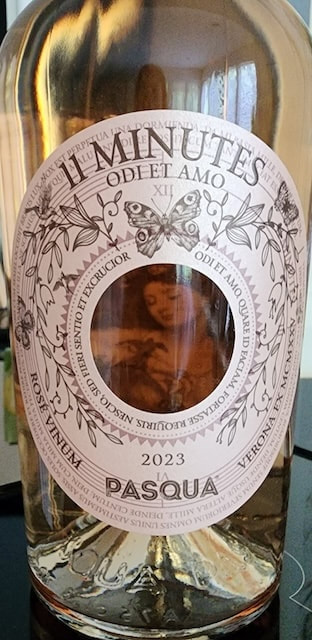
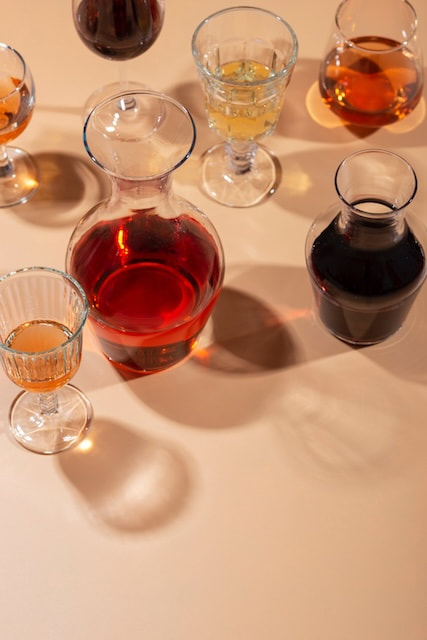
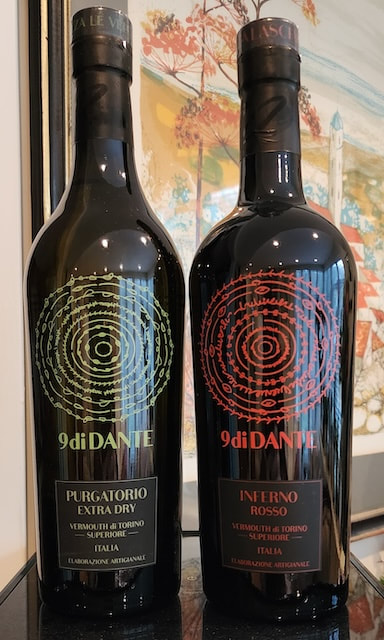
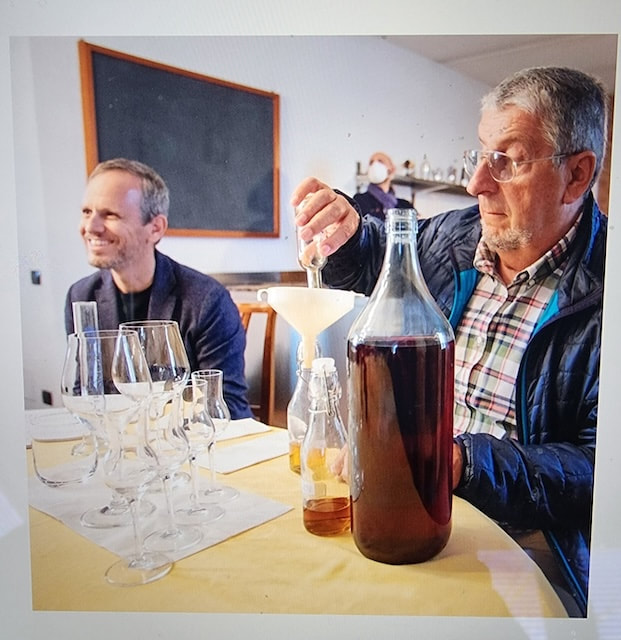
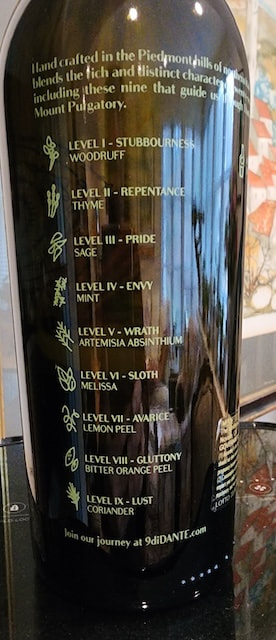
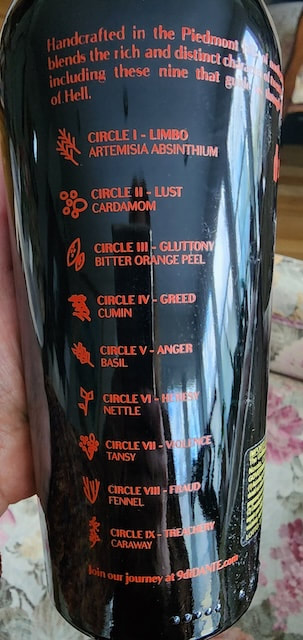
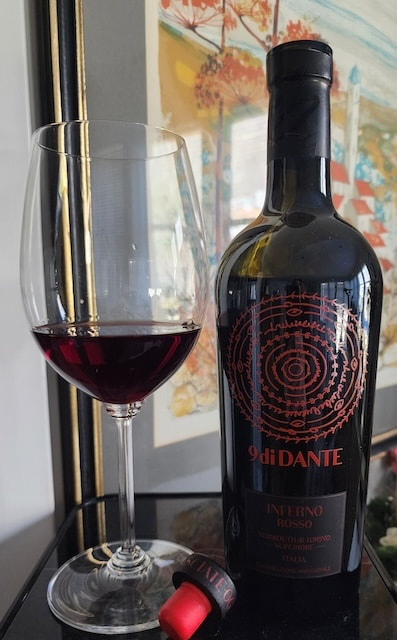
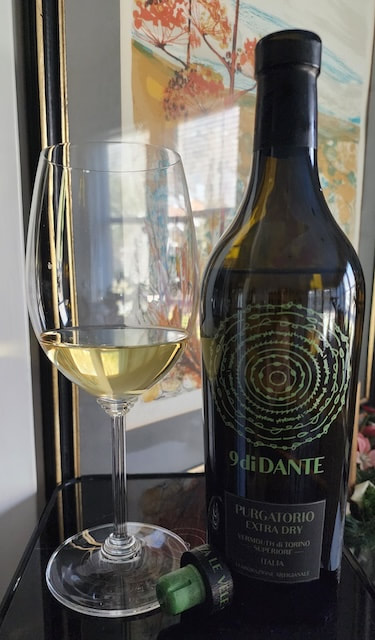
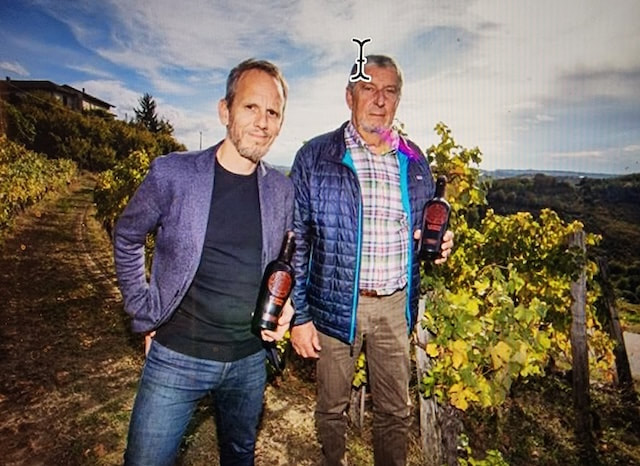
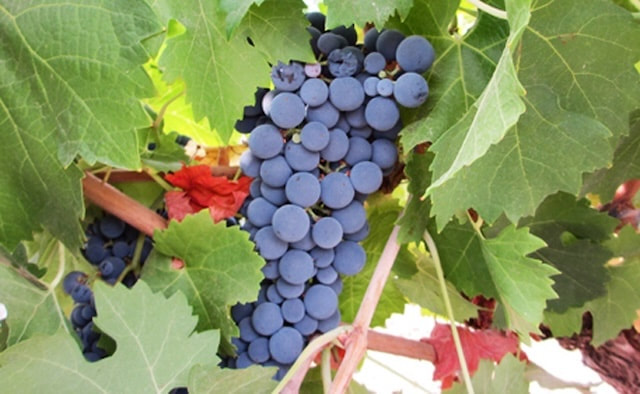
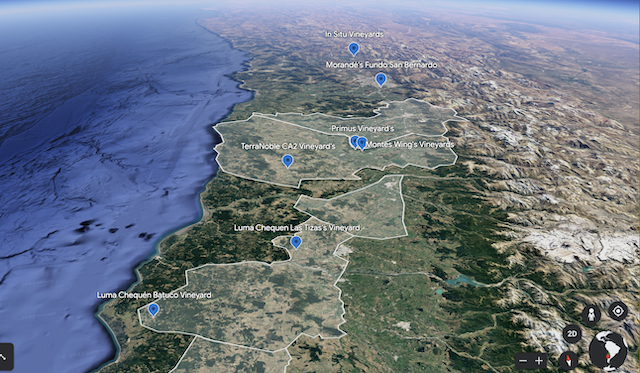
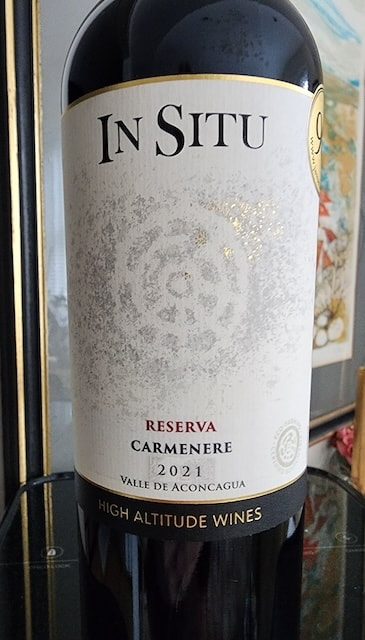
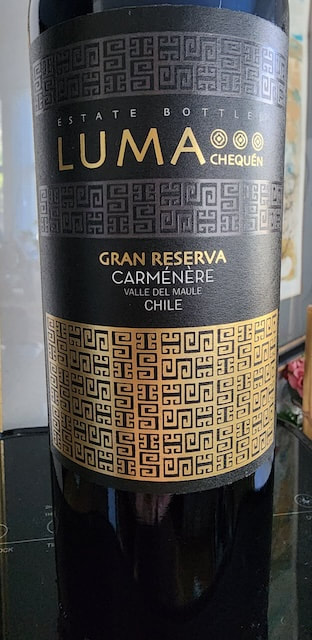
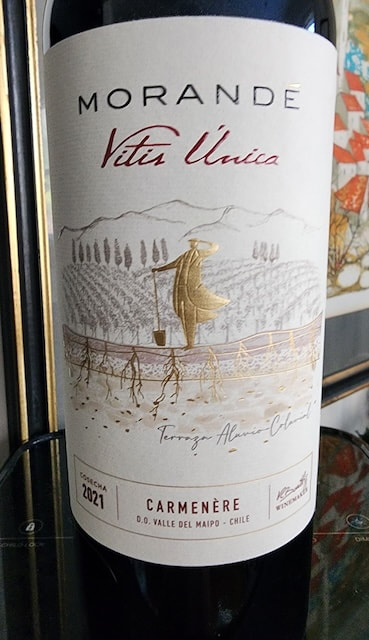
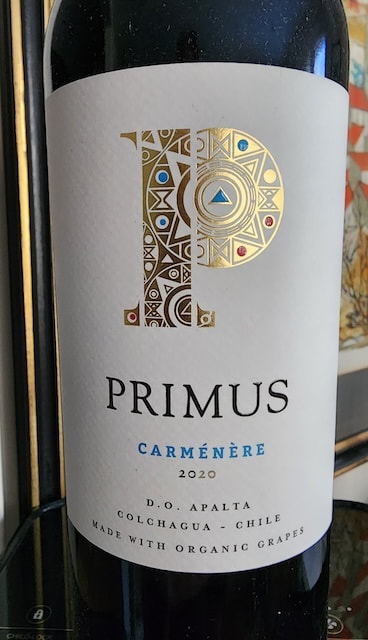
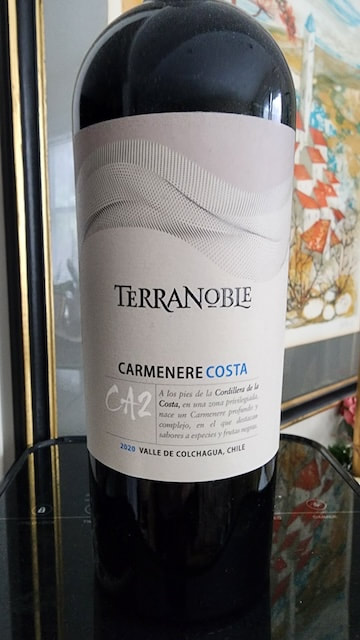
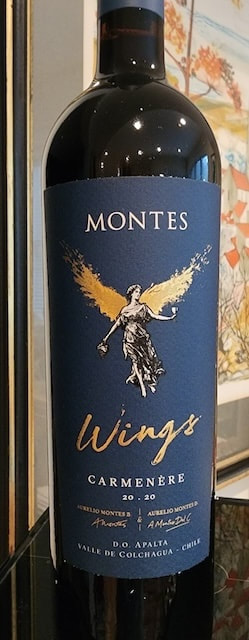
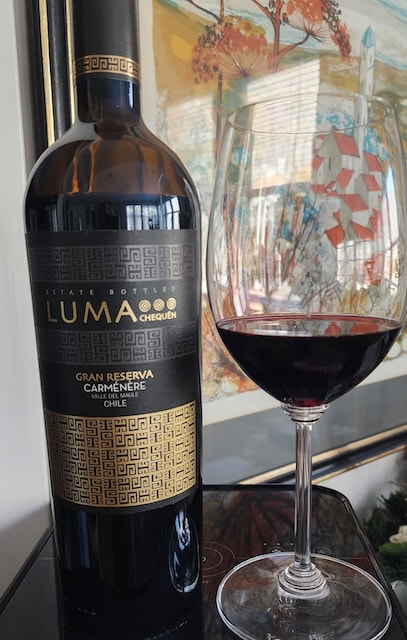

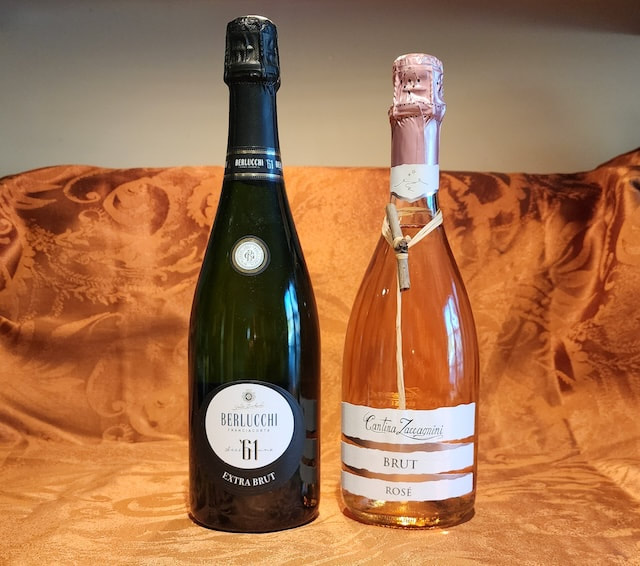
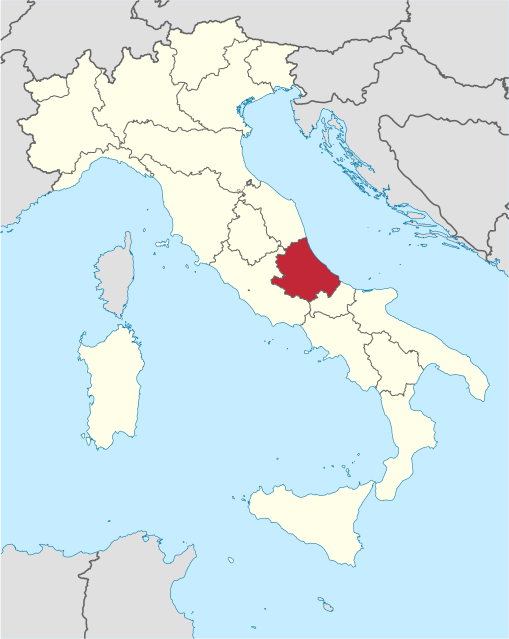
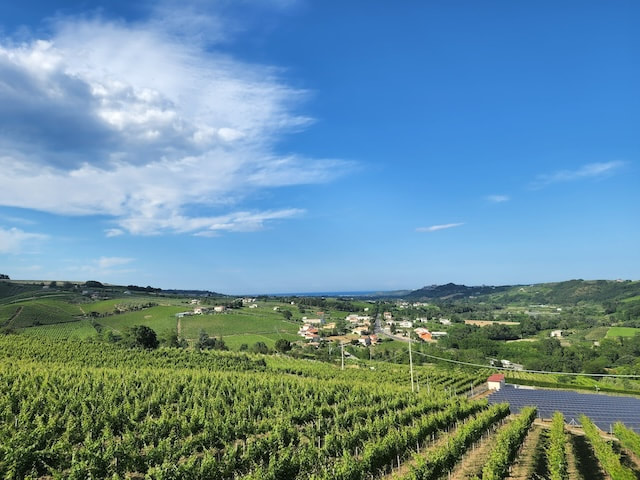
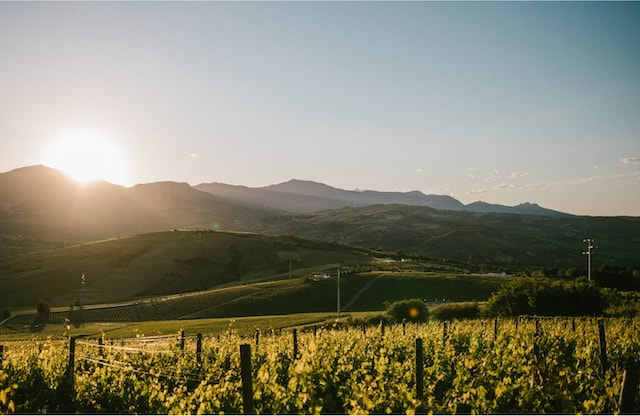
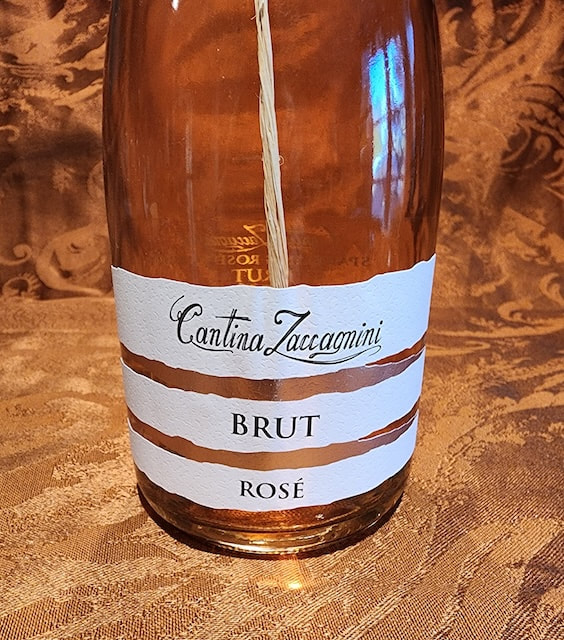
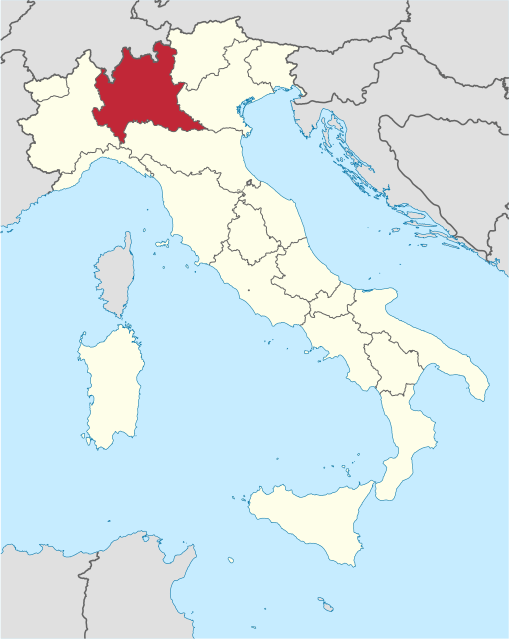
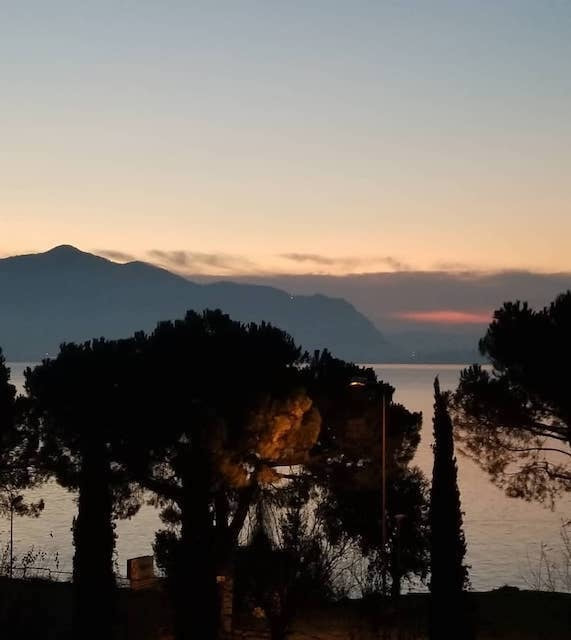
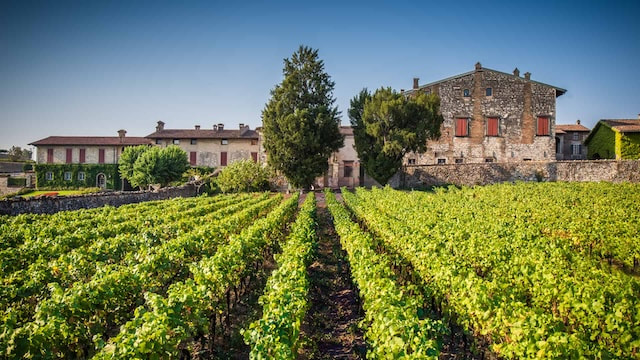
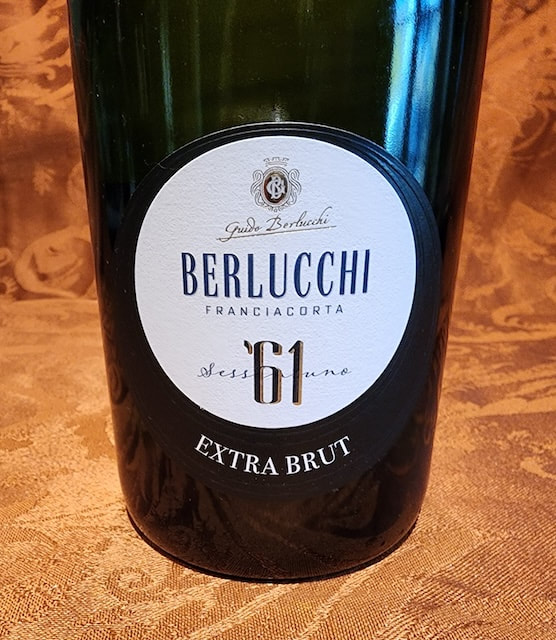
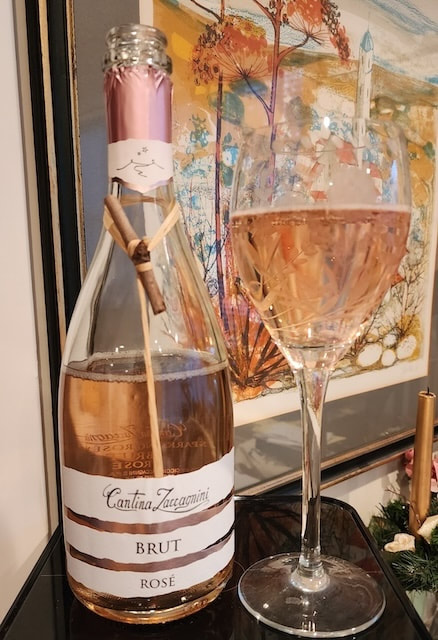
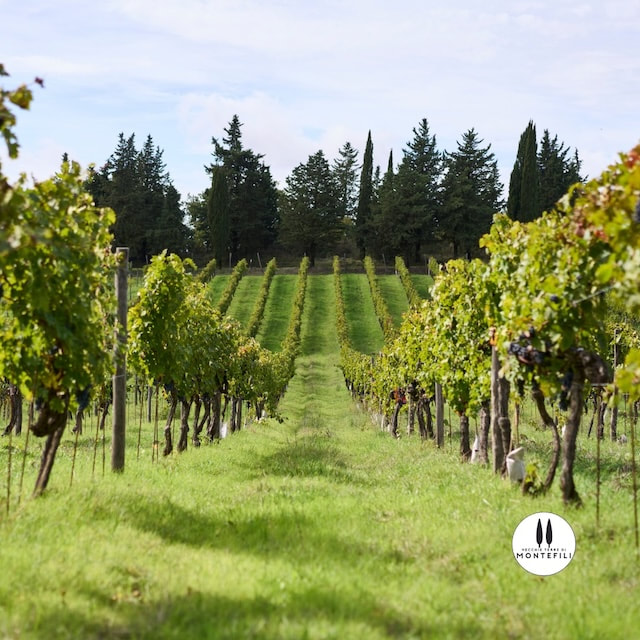
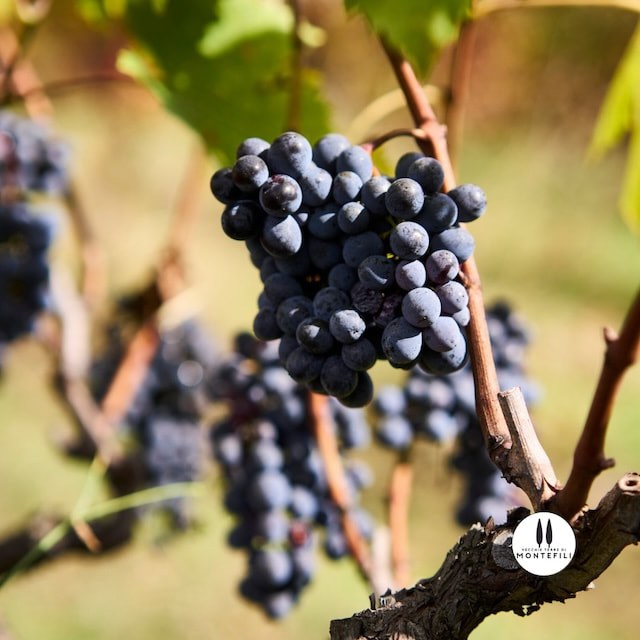
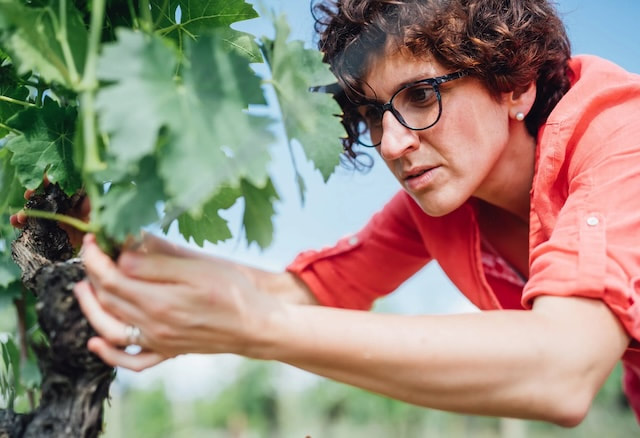
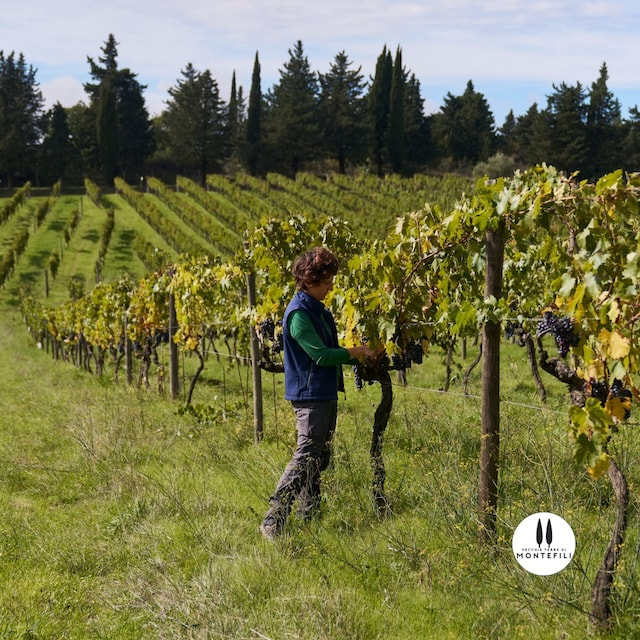
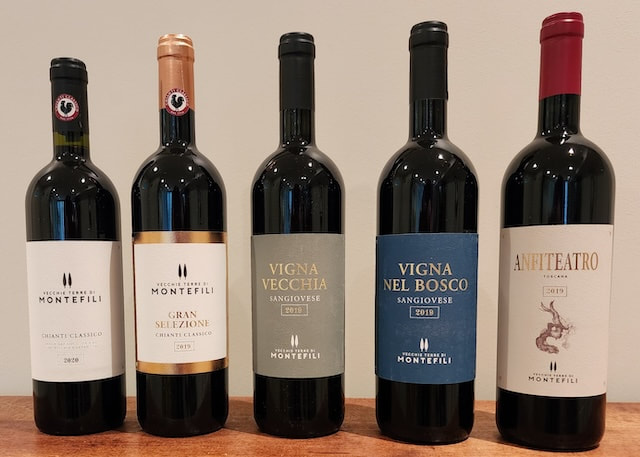






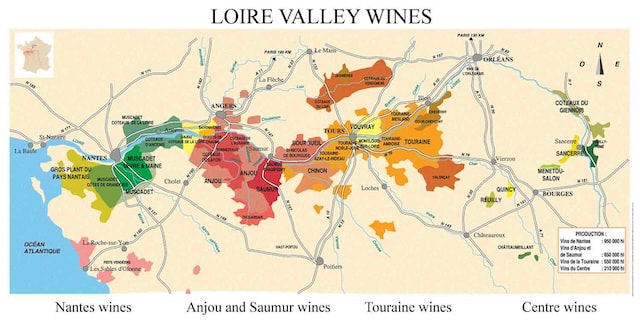
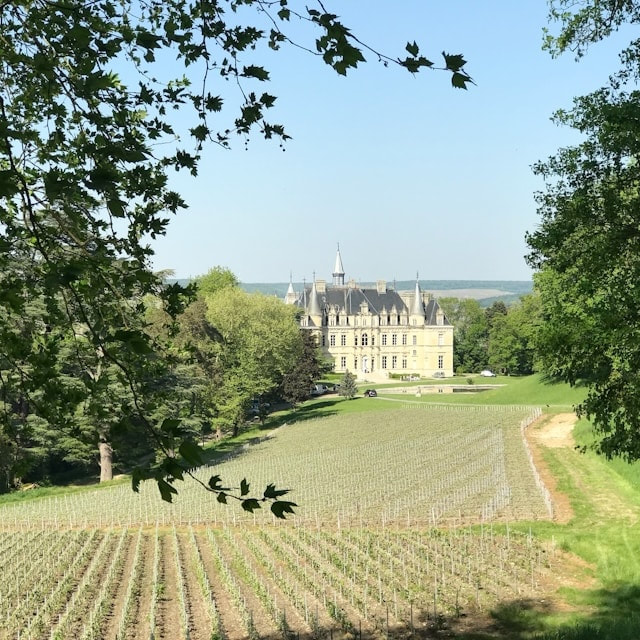
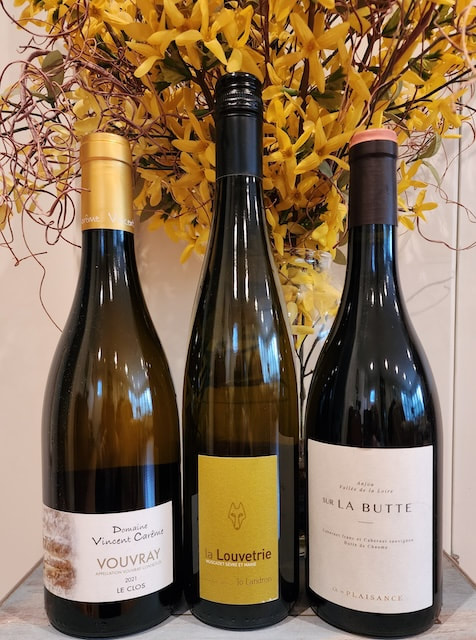
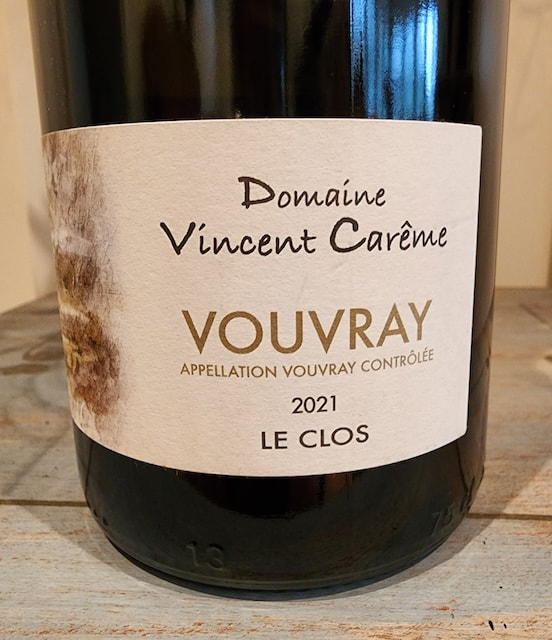
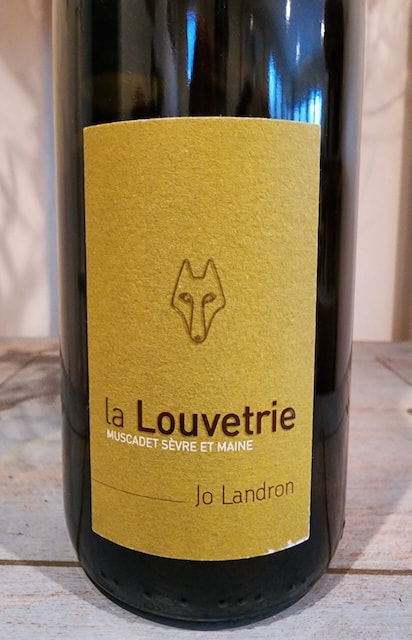
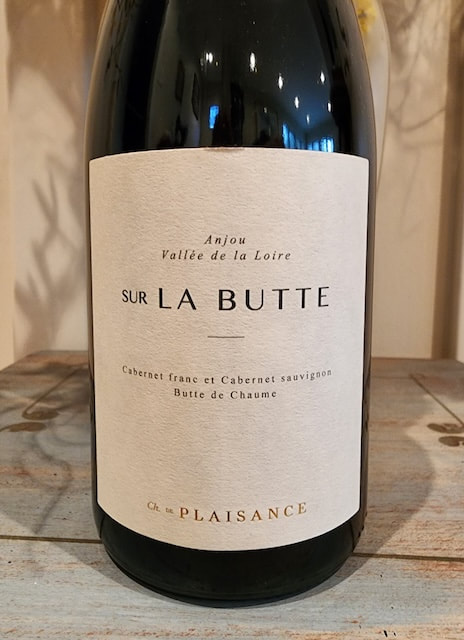
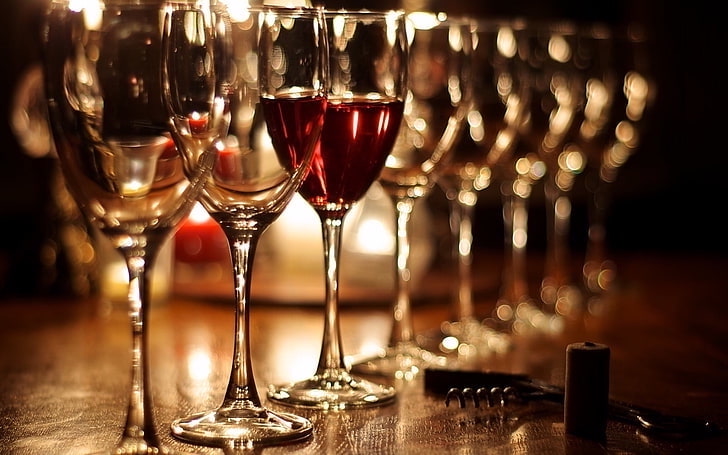
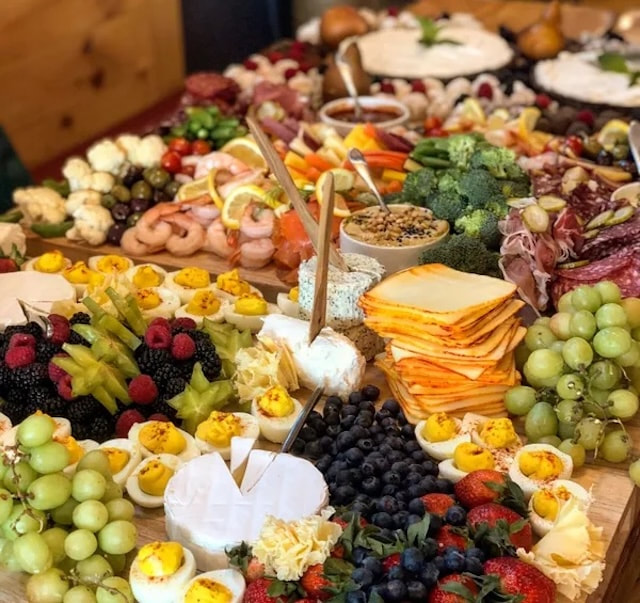
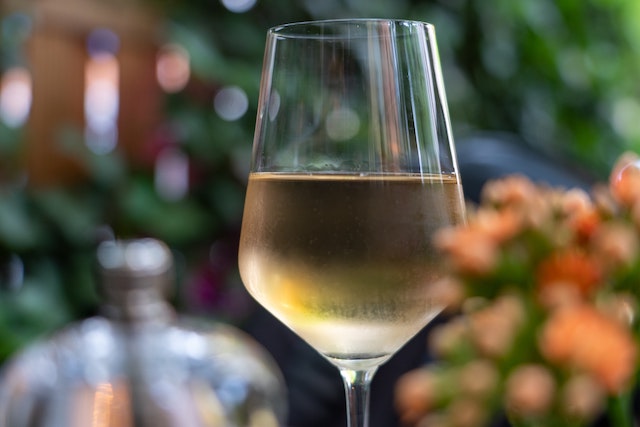
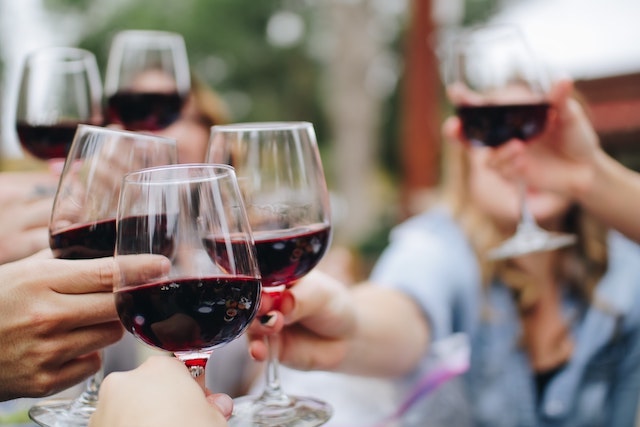

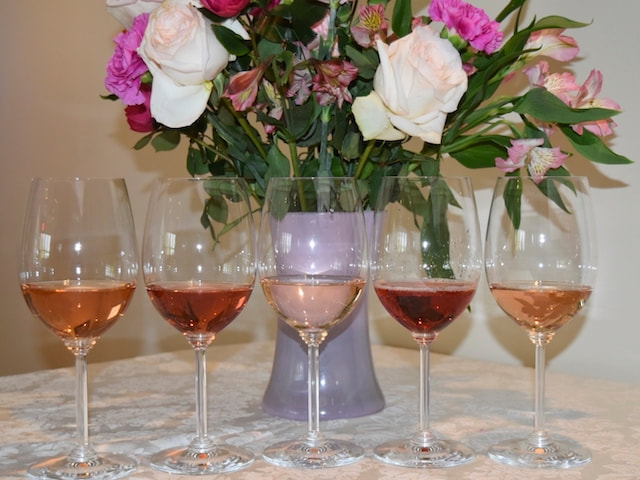
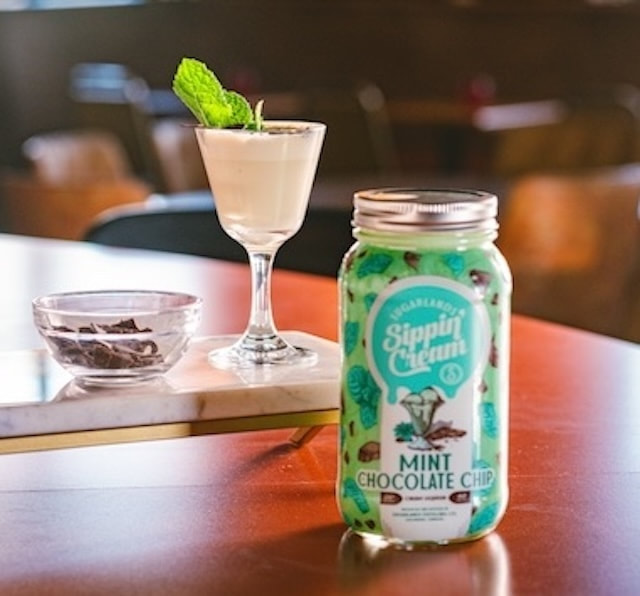
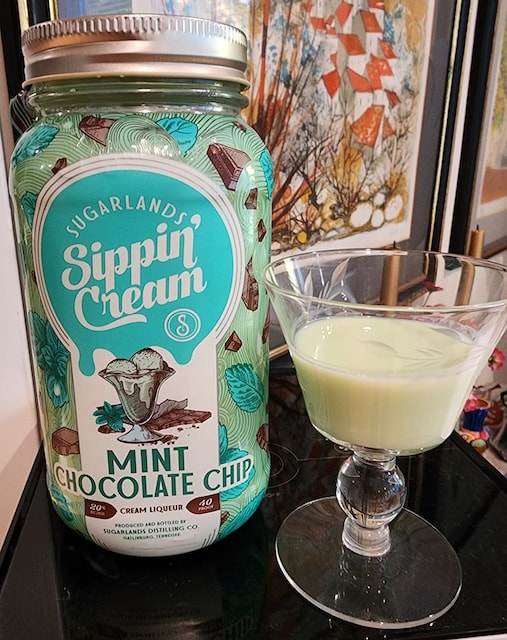
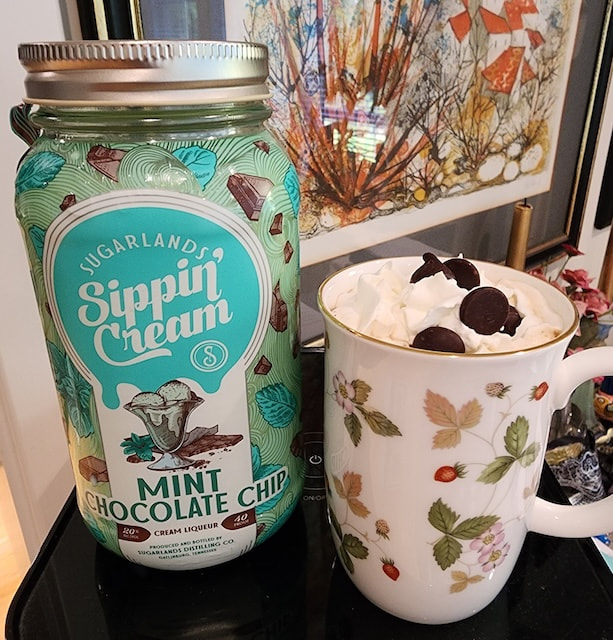
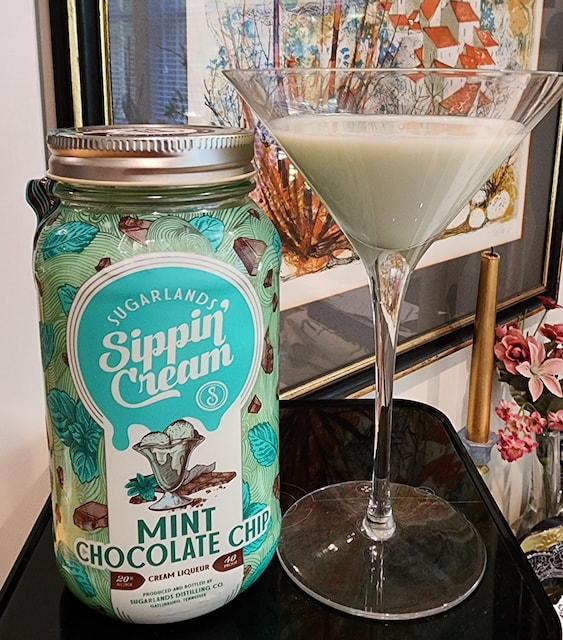
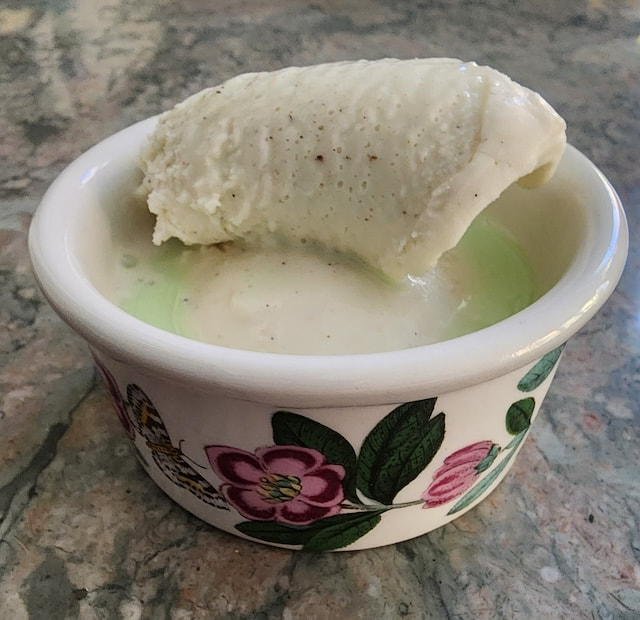
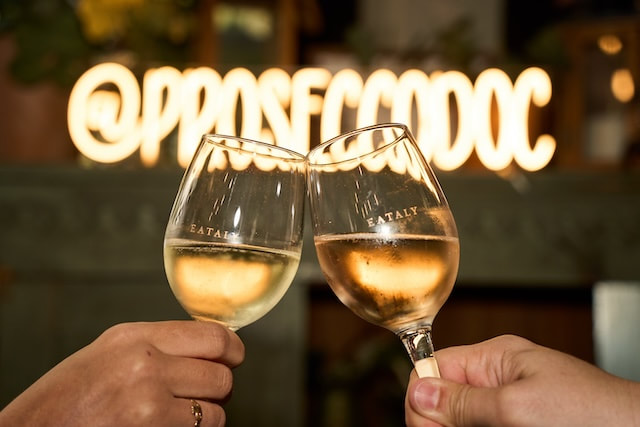
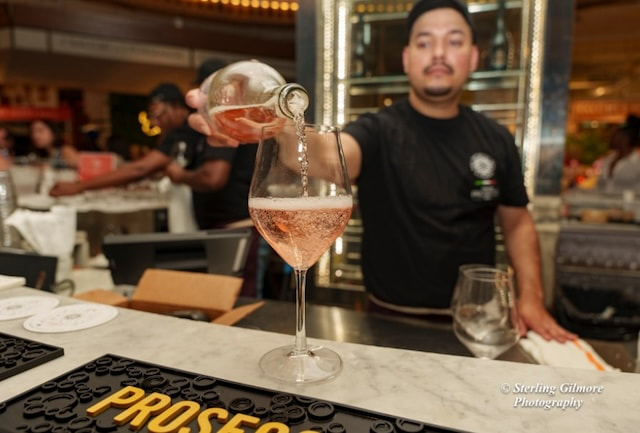

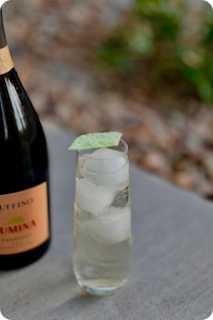
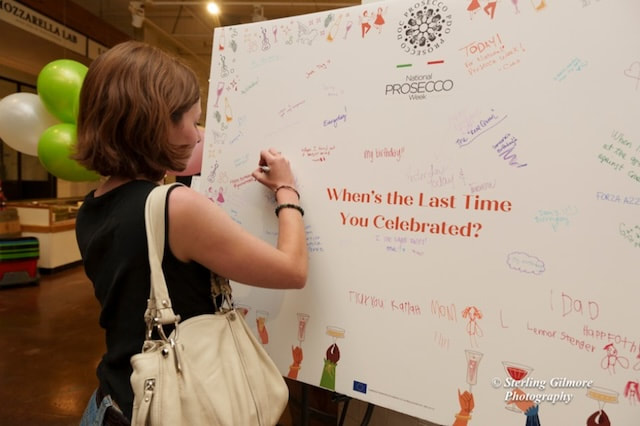
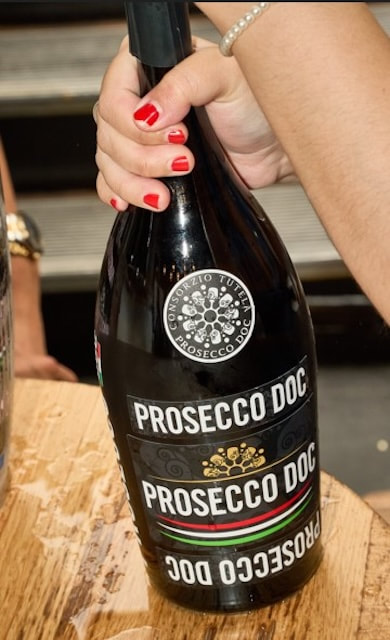
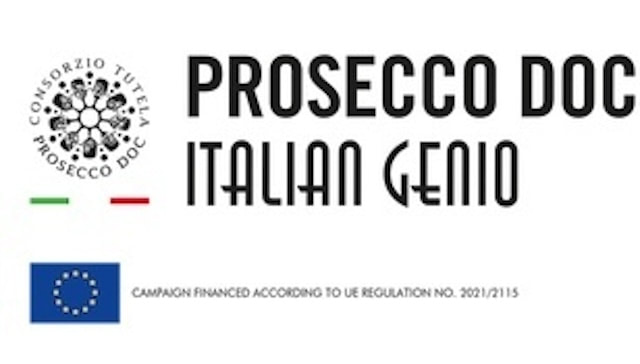
 RSS Feed
RSS Feed